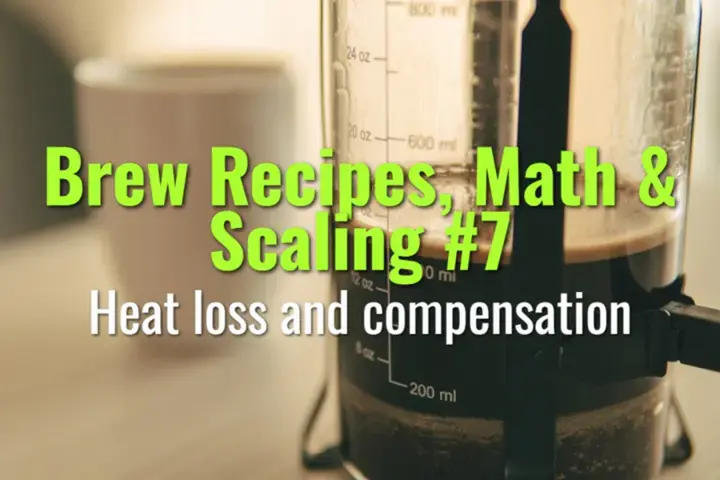Heat loss and compensation
How heat loss during brewing affects extraction, and what compensation strategies brewers can use to maintain consistency and flavor balance.
- Coffee Basics Nerds
- 1 min read
Article 7 of 12 in Brew Recipes, Math & Scaling/

Why Heat Matters
- Coffee extraction is highly temperature-dependent.
- Ideal brewing temperatures: 90–96°C (194–205°F).
- Heat loss during brewing can cause under-extraction, sourness, or weak body.
Sources of Heat Loss
- Brewing Device: Glass brewers (Chemex, V60) lose heat faster than ceramic or metal.
- Ambient Temperature: Cold environments accelerate heat drop.
- Water Contact Time: Longer brews cool more as they progress.
- Small Batch Size: Smaller volumes lose heat faster than large brews.
Practical Compensation Methods
- Preheat Equipment: Rinse brewers, servers, and cups with hot water before brewing.
- Higher Charge Temp: Start water 1–2°C hotter to account for expected loss.
- Insulation: Use covers, lids, or thermal jackets to slow heat dissipation.
- Flow Control: Faster pours reduce exposure to ambient cooling.
- Environment: Avoid drafts and cold surfaces near brew station.
Example Adjustment
- Target: 94°C brew.
- Without preheating, water may drop to 88°C by mid-brew.
- Compensation: Preheat brewer + use 95°C charge temp → average ~92°C in bed.
Measurement & Monitoring
- Use a thermometer probe to track slurry temps.
- Keep notes on how different brewers behave.
- Build compensation into recipe cards for consistency.
Summary
Heat loss is unavoidable but manageable. By preheating gear, slightly adjusting water temp, and insulating brewers, baristas can maintain stable extraction temperatures, ensuring sweetness, balance, and repeatable brews.